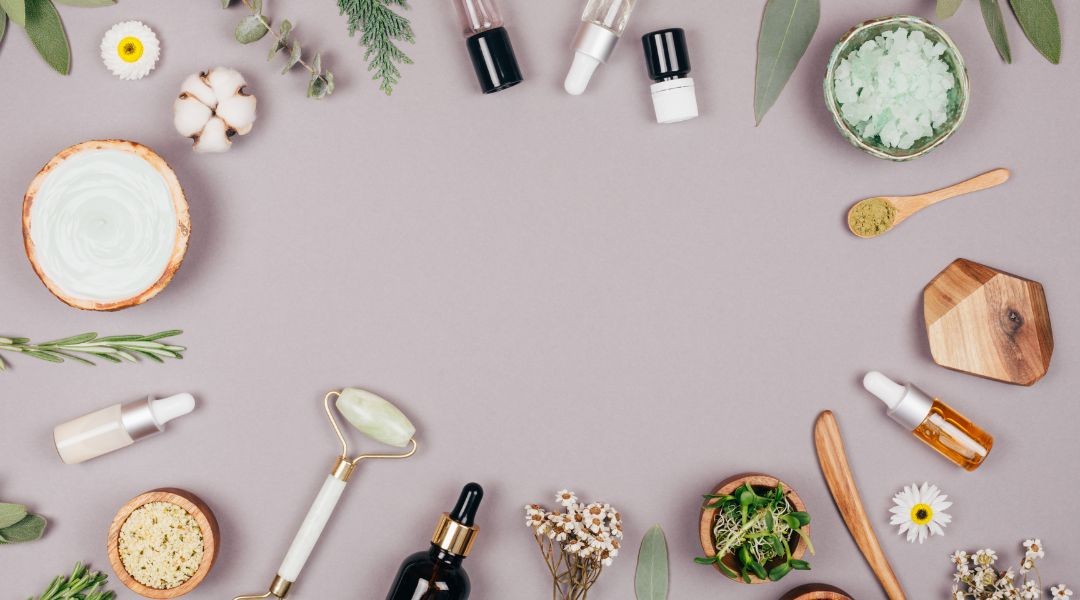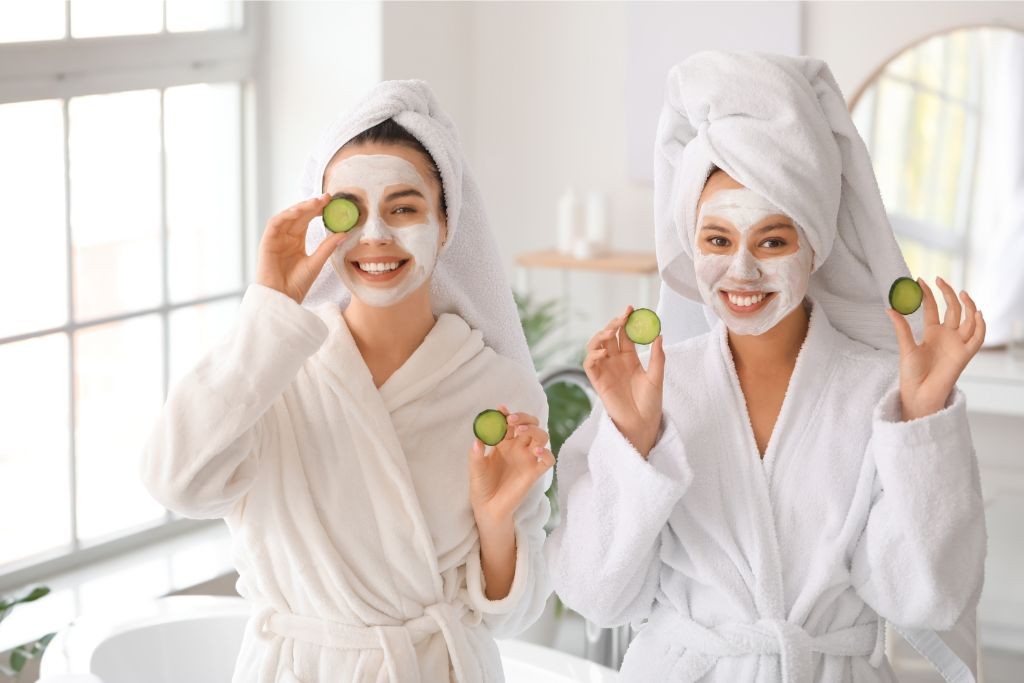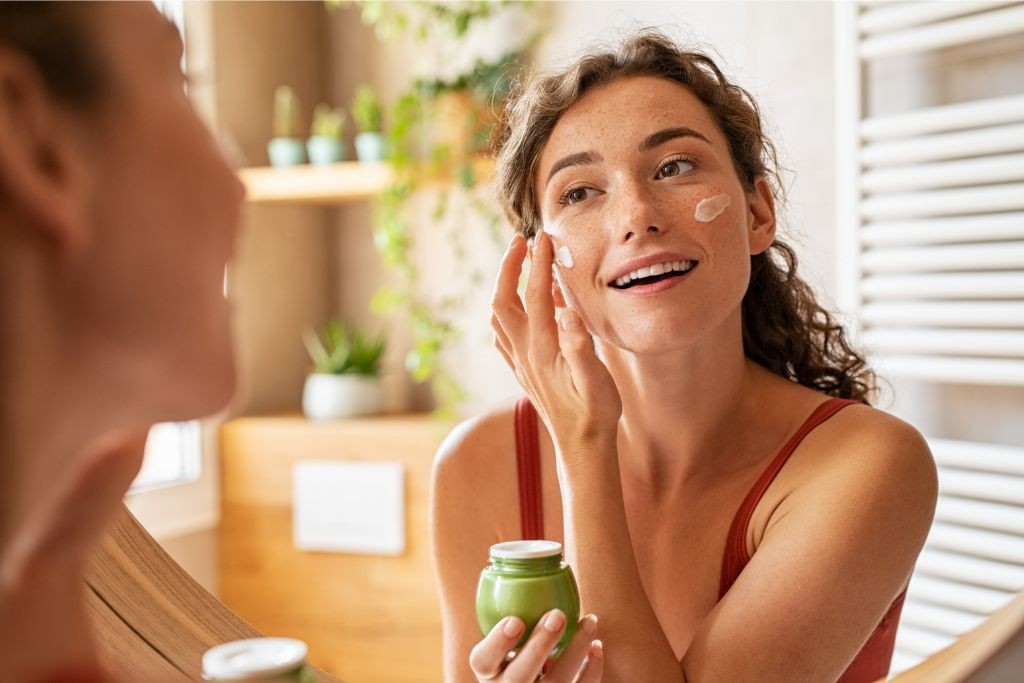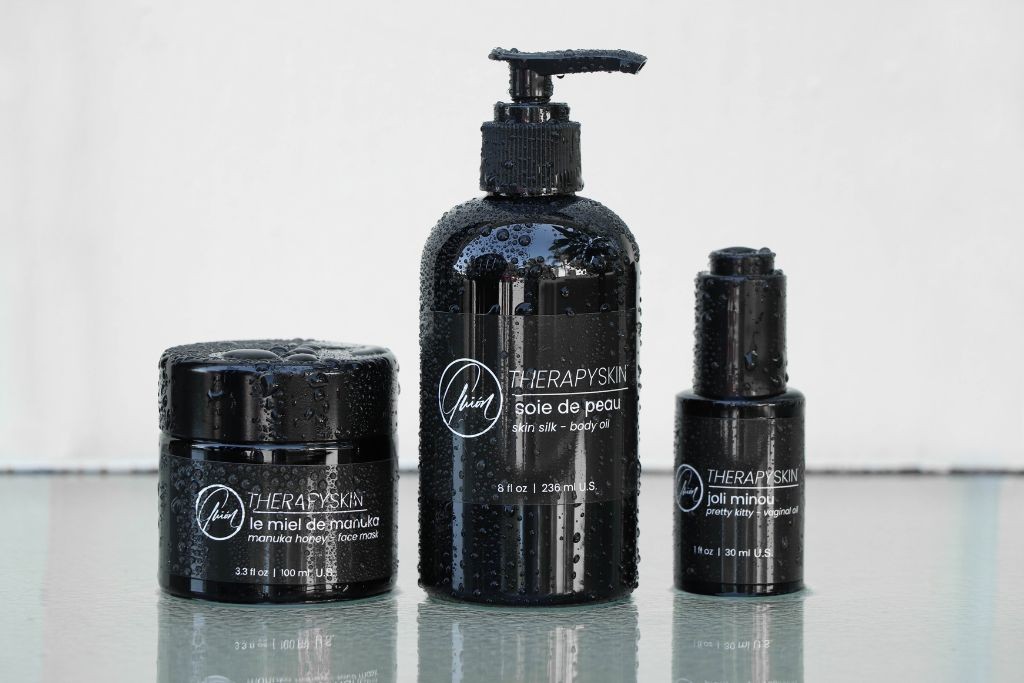
Skincare Routine Across Different Age Groups
Skincare is a variety of procedures that maintain the quality of the skin, improve its appearance, and treat skin disorders. They can include nutrition, avoiding excessive sun exposure, and using emollients properly. Not only do skincare routines depend on the specific needs of the skin, but also the age of the skin. Today, we will look at different skincare routines for people of different ages, taking into account the needs of each stage.
What Are Skincare Routines, Exactly?

Primarily, a skincare routine may include the following activities:
Cleansing
Your skin endures a great deal throughout the day. On the surface, skin cells die off. There, filth, oil, and pollutants also accumulate. By washing your skin often and well, you can prevent clogged pores, breakouts, and early aging.
Protecting
UVB and UVA rays are two types of radiation emitted by the sun. UVB rays induce sunburns, whereas UVA rays create skin aging indicators such as drooping and wrinkles. Sunscreen protects skin cells and acts as armor against UV radiation and the rest of the outside world.
Toning
Toners can perform numerous functions, including delivering antioxidants, vitamin B derivatives, and even toning acids. Furthermore, each type of toner is intended for a specific skin problem. Therefore, it is critical to use the correct type for your skin problem.
Hydrating
Hydration with an expertly developed solution to rapidly smooth, firm, and plump makes creases and wrinkles vanish! Although this is not a standard skincare procedure, the benefits are immediately transformational.
Moisturizing
Use a moisturizer suited for your skin type and needs to lock in the efficacy of these substances. Look for a moisturizer that can turn back the hands of time, is lightweight and quickly absorbed, and reduces the appearance of fine lines and wrinkles while increasing skin firmness. You require an anti-aging lotion containing peptides that repair, smooth, and tighten the skin.
Types of Skincare Routines Across Different Age Groups

Skincare routines across different age groups involve various practices that enhance and maintain skin health. These age groups include the following:
The Babies
A baby’s skin care involves keeping it clean, dry, and out of the sun. Additionally, it is vital not to overuse moisturizers or other skin products, as this can sometimes exacerbate skin issues. In the first year of life, infants are susceptible to a range of skin problems. If a rash arises with a fever of 100 °F or higher, an infection, or if it persists for more than a few days, you should consult your baby’s doctor.
Teens and young adults
Numerous puberty-related hormonal changes can profoundly affect the skin during adolescence. Due to abnormal corneocyte shedding and excessive sebum production, the skin may become greasy and acne-prone. Routines and products are available to guarantee that the skin of adolescents and young adults remains healthy and radiant. Cleansing is a vital step in any skincare regimen. You can cleanse twice daily, particularly when you’ve worn makeup. Use warm water to remove harsher substances effectively.
A moisturizer is a simple, affordable skin care product that keeps your skin hydrated and fresh. Teenagers are more likely to spend most of their time outdoors, exposed to UV radiation. Wearing sunscreen is, therefore, vital for providing skin protection.
Wearing sunscreen with broad-spectrum UV protection of at least PF 30 approximately 30 minutes before going outside is recommended. SPF, or sun protection, protects the skin from damaging sun rays.
The 20s and 30s
Dermis and epidermis typically begin to thin in the late 20s and early 30s due to lifestyle, genetics, and the environment. Additionally, the skin may exhibit initial signs of aging, such as fine wrinkles. As you enter your late 30s, your skin begins to shrink, and its barrier function decreases. This decreases the skin’s natural resistance to UV radiation.
At a rate of around 1%, the flexibility and mass of collagen begin to degrade, producing more wrinkles and fine lines. Using products containing hyaluronic acid is essential at this age. Vitamin C is an antioxidant that aids in the prevention of age spots in those in their late 20s and early 30s. It helps to brighten and impart a youthful glow to the skin. Antioxidants also enhance collagen production and provide UV protection.
The 40s
Over several years, the structure of the skin will alter gradually. The orderly arrangement of the epidermis’ separate layers is lost. As existing cells diminish and few new cells are produced, the outermost layers of the skin become thin.
The skin tends to get rougher and drier as the number of wrinkles and fine lines increases. At this age, spots begin to appear, increasing skin infection risk and impairing wound healing. The tissues of the dermis lose their capacity to bind water and their fibrous structure, creating wrinkles. It also loses suppleness due to a loss in microcirculation, which causes it to be malnourished. As the layer of fat tissue gets thinner, the skin loses energy and can’t take as much pressure.
Niacinamide is a type of vitamin B3 that can help with wrinkles and pigmentation concerns associated with aging skin. The antioxidant serum protects the skin from pollutants and ultraviolet radiation.
The 50s plus
Over 50, the skin loses its ability to manufacture lipids, resulting in increased dryness and wrinkles. This is also due to a decrease in collagen and hyaluronic acid synthesis. The skin thins due to sluggish regeneration and impaired wound healing. UV sensitivity increases along with age spots.
The reduced immunological function increases the susceptibility of the skin to infection. As skin sensitivity increases, mild skincare routines and products are essential. Moisturizer is vital for combating skin dryness, as is sunscreen for UV protection. Hyaluronic acid, in conjunction with a retinoid, is used to treat skin dryness and wrinkles.
Conclusion

Skincare is a standard everyday practice in various contexts and for people of all ages. Cosmetics, botulinum toxin, exfoliation, dermal fillers, laser resurfacing, microdermabrasion, peels, retinol therapy, and ultrasonic skin treatment are among the appearance-enhancing techniques used in the skincare routine across different age groups.
